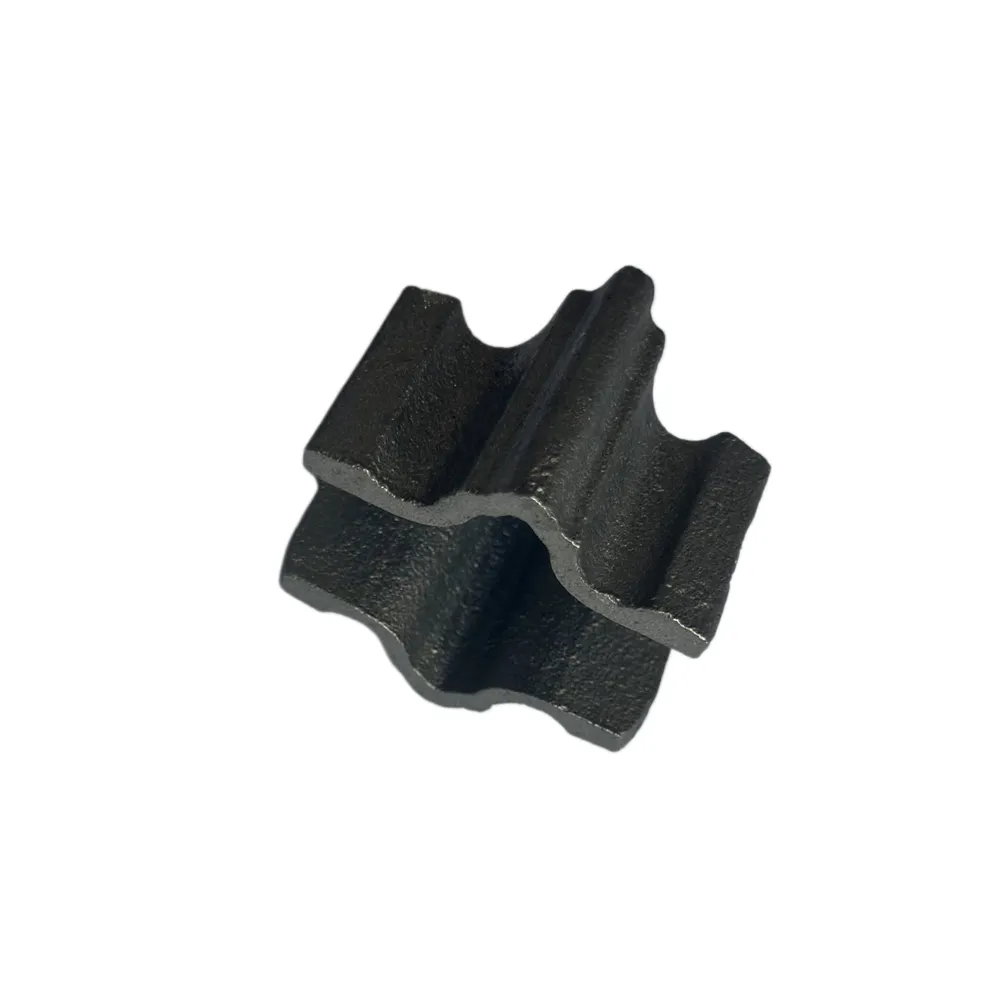Decorative Metal Parts for Various Applications and Design Innovations
The Art and Craft of Ornamental Metal Components
In the realm of design and architecture, ornamental metal components play a significant role in enhancing the aesthetic appeal and structural integrity of various projects. These components, ranging from intricate railings and decorative grilles to stunning gates and elaborate light fixtures, represent the fusion of artistry and engineering. Their history is rich, and their applications are diverse, making them an essential element in both contemporary and traditional designs.
Historical Significance
From ancient civilizations to modern architecture, the use of metal in ornamental applications has a rich history. For instance, in ancient Egypt, artisans skillfully crafted brass and gold items that adorned temples and tombs, symbolizing wealth and divinity. Similarly, during the Renaissance, blacksmiths honed their craft to create elaborate wrought iron designs for balconies, gates, and window grills, reflecting the era’s focus on beauty and grandeur. These historical references showcase how ornamental metal components have not only served functional purposes but also conveyed cultural significance and artistic expression across different periods.
Materials and Techniques
Ornamental metal components can be made from a variety of metals, each offering unique properties and aesthetic qualities. Common materials include wrought iron, cast iron, stainless steel, brass, and aluminum. Wrought iron is renowned for its malleability and durability, making it a popular choice for custom designs. Cast iron, on the other hand, has a more classic appeal with its intricate detailing, ideal for decorative purposes.
Modern advancements in manufacturing processes have expanded the possibilities for ornamental metals. Techniques such as CNC machining, laser cutting, and water jet cutting allow for precision and complexity in designs that were previously unattainable. Additionally, finishes such as powder coating and galvanization provide protection against corrosion, ensuring longevity and maintaining the visual appeal of the components.
Design Considerations
When incorporating ornamental metal components into a design, several factors must be considered. First and foremost is the intended style of the project. Whether it’s a sleek modern aesthetic or a traditional vintage look, the choice of metal and the design intricacies should align with the overall theme. For instance, smooth lines and minimalistic designs are often favored in modern architecture, whereas intricate motifs and scrolling designs are more suitable for classical styles.
ornamental metals components

Furthermore, the functionality of the component must be addressed. For example, a staircase railing not only needs to be visually appealing but must also meet safety regulations. This balance between beauty and practicality is what makes the design of ornamental metal components a true art form.
Applications in Contemporary Design
Today, ornamental metal components find their place in a variety of applications. In residential settings, they are commonly used for railings, gates, and furniture, adding a touch of elegance and personality to homes. In commercial spaces, they can be seen in partition walls, facades, and signage, helping brands convey their identity through design. Moreover, ornamental metals are also making their mark in landscaping, where they are used in garden sculptures, trellises, and fencing.
The resurgence of interest in artisanal craftsmanship has led to a renewed appreciation for handmade ornamental metal components. Custom pieces allow individuals and businesses to express their unique style while supporting local artisans. The move towards bespoke designs not only enhances the individuality of a space but also fosters a deeper connection between the creator and the consumer.
Sustainability in Metalwork
As the world becomes increasingly aware of environmental issues, the sustainability of materials used in ornamental metal components is gaining prominence. Metal is inherently recyclable, which means that many ornamental pieces can be crafted from recycled materials. Additionally, companies are seeking eco-friendly practices in their production processes, further reducing the environmental impact. The integration of sustainable practices in metalworking not only benefits the planet but also appeals to a growing market of environmentally conscious consumers.
Conclusion
Ornamental metal components are more than just decorative elements; they represent a convergence of artistry, history, and modern technology. With their wide range of materials, techniques, and applications, they continue to captivate designers and architects alike. As we look to the future, the importance of these components will undoubtedly grow, blending tradition with innovation, and allowing for continued exploration in the realm of design. Whether in residential or commercial environments, ornamental metals will remain a testament to the enduring beauty of craftsmanship and creativity.
-
Wrought Iron Components: Timeless Elegance and Structural StrengthNewsJul.28,2025
-
Window Hardware Essentials: Rollers, Handles, and Locking SolutionsNewsJul.28,2025
-
Small Agricultural Processing Machines: Corn Threshers, Cassava Chippers, Grain Peelers & Chaff CuttersNewsJul.28,2025
-
Sliding Rollers: Smooth, Silent, and Built to LastNewsJul.28,2025
-
Cast Iron Stoves: Timeless Heating with Modern EfficiencyNewsJul.28,2025
-
Cast Iron Pipe and Fitting: Durable, Fire-Resistant Solutions for Plumbing and DrainageNewsJul.28,2025
-
 Wrought Iron Components: Timeless Elegance and Structural StrengthJul-28-2025Wrought Iron Components: Timeless Elegance and Structural Strength
Wrought Iron Components: Timeless Elegance and Structural StrengthJul-28-2025Wrought Iron Components: Timeless Elegance and Structural Strength -
 Window Hardware Essentials: Rollers, Handles, and Locking SolutionsJul-28-2025Window Hardware Essentials: Rollers, Handles, and Locking Solutions
Window Hardware Essentials: Rollers, Handles, and Locking SolutionsJul-28-2025Window Hardware Essentials: Rollers, Handles, and Locking Solutions -
 Small Agricultural Processing Machines: Corn Threshers, Cassava Chippers, Grain Peelers & Chaff CuttersJul-28-2025Small Agricultural Processing Machines: Corn Threshers, Cassava Chippers, Grain Peelers & Chaff Cutters
Small Agricultural Processing Machines: Corn Threshers, Cassava Chippers, Grain Peelers & Chaff CuttersJul-28-2025Small Agricultural Processing Machines: Corn Threshers, Cassava Chippers, Grain Peelers & Chaff Cutters












